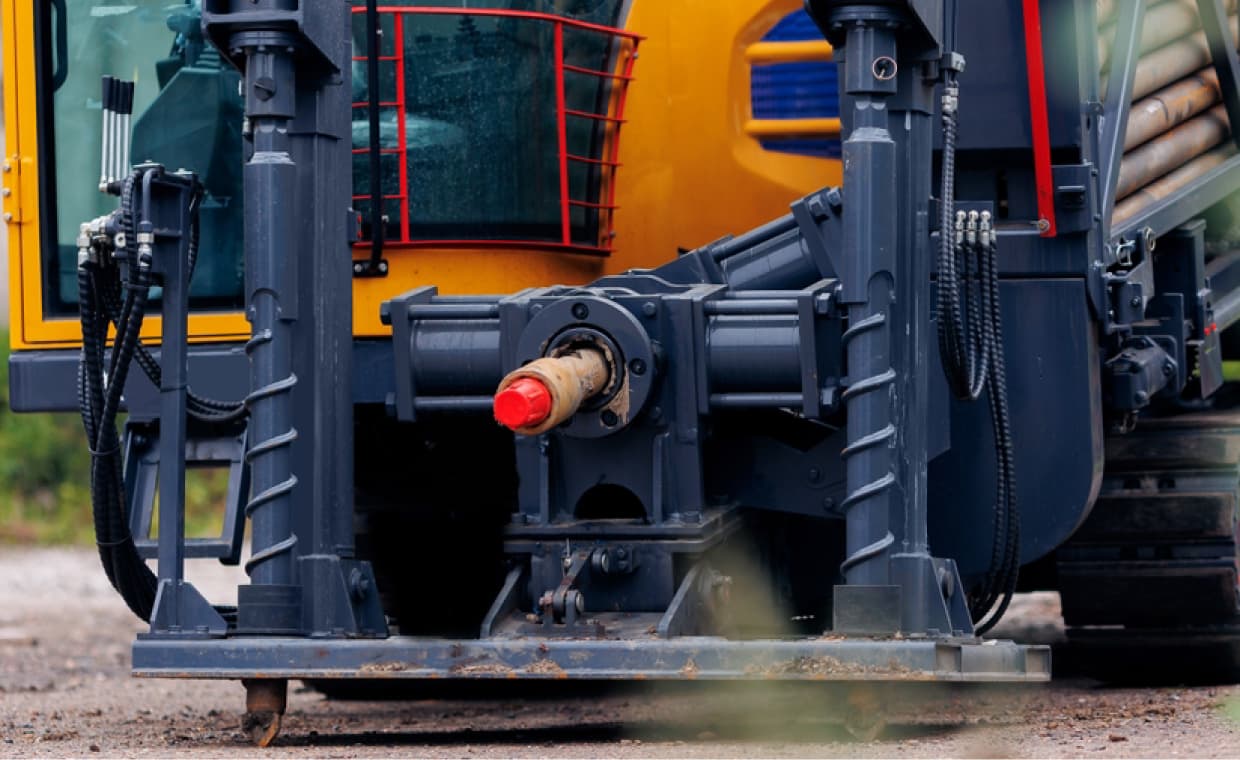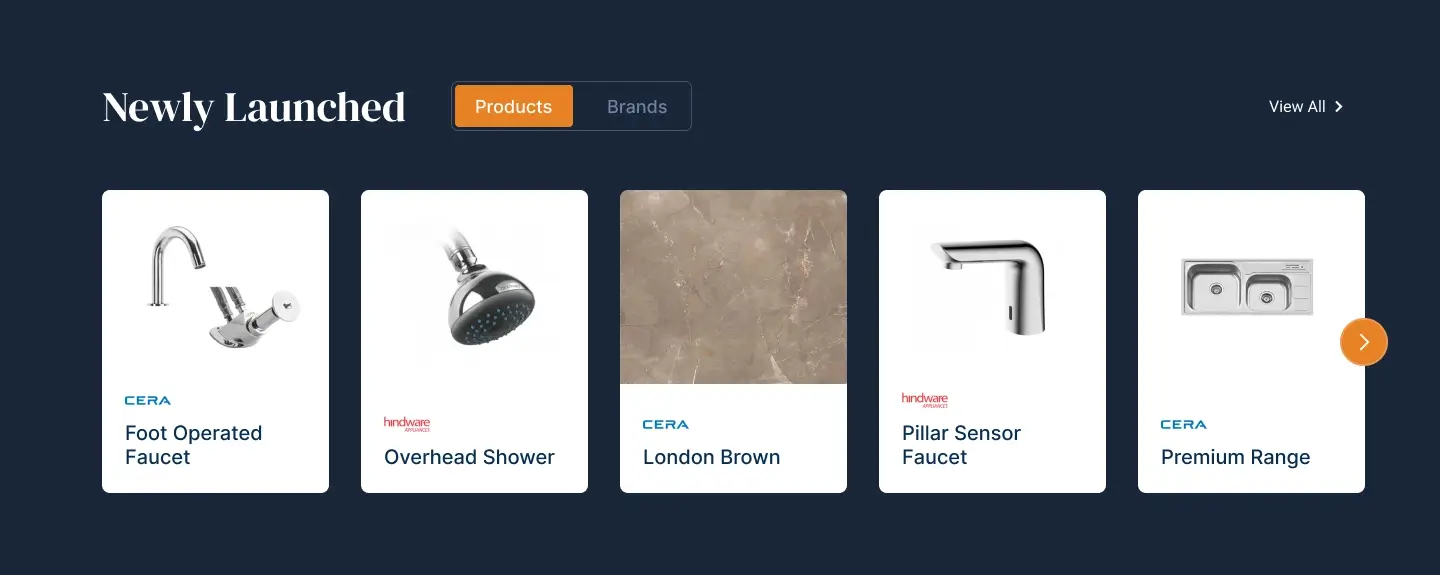
Table of Contents
Quick Overview
Here is the short summary on trenchless pipe lining for commercial properties:
- Trenchless pipe lining repairs underground pipes without digging, minimizing disruption for commercial properties
- Epoxy resin is the most common liner material used, with alternatives like vinyl ester or polyester for specific conditions.
- Preparation is key: clear access points, notify tenants, adjust hours, and coordinate with staff.
- Pipes are cleaned, resin-soaked liners inserted, inflated, and cured, forming a new pipe wall.
- Methods: CIPP is the standard, while pipe bursting and SIPP are options depending on damage and pipe type.
- Benefits: Long lifespan, reduced disruption, environmentally friendly, and cost-effective.
- Commercial projects require more durable materials, testing, and compliance than residential.
- Warning signs include slow drains, backups, odors, and gurgling noises early repair saves money.
A minute wasted is money lost for businesses. That’s why when a plumbing disaster strikes, faster and cleaner solutions are preferred. Enter trenchless pipe lining in Longboat Key, FL.
Truly, this service can help you minimize downtime and prevent lost sales, and keep your reputation spotless. But preparation is key for a seamless project. Here’s how to prepare for trenchless pipe lining for commercial properties to make the project as seamless as possible.
Trenchless Pipe Lining: A Mess-Free Solution
Trenchless pipe lining replaces underground pipes without tearing up floors, landscaping, or walls. It’s ideal for businesses that want to keep disruption to a minimum.
The process is simple. Epoxy-coated liners are inserted into the damaged pipe and cured in place, forming a seamless, long-lasting pipe within a pipe.
“Trenchless pipe lining saves time and keeps tenants happy. It’s one of the most efficient upgrades a commercial property can make,” says a licensed plumbing contractor with 20+ years in infrastructure rehab.
What Material Is Used in Trenchless Lining?
Epoxy resin is the standard material used by pipe lining companies for its durability and chemical resistance. Depending on the application, however, other materials like vinyl ester resin or polyester may be used, especially in industrial or high-temperature environments.
Types of trenchless liner materials:
- Epoxy resin: Best for general-purpose and drinking water lines
- Vinyl ester: Resistant to chemical exposure
- Polyester resin: Used in less demanding commercial settings
Tip: Ask your contractor which material suits your building’s specific needs.
Key Preparation Steps for a Smooth Project

Preparation makes or breaks a trenchless lining job. While there’s no digging, the team still needs access and cooperation.
To prepare, it’s best to take some precautions before the project starts. First, clear access to cleanouts and service areas. Next, tenants should be notified ahead of time. You should also change your operation hours, opening during off-hours, if possible.
Lastly, if you have security or maintenance staff, talk to them about when the project will take place and who should be allowed to enter or exit your building.These small steps help crews work faster and avoid surprises.
Real-World Impact: A Retail Complex Case Study
At a large retail strip, frequent toilet backups were driving customers away. Digging would’ve forced multiple stores to close for days. Instead, a plumbing team offered trenchless pipe lining as an alternative. After 48 hours, the team restored 120 feet of sewer pipe. No loss of revenue was incurred.
For commercial sites, trenchless lining is damage control without disruption.
The Anatomy of a Trenchless Project
What happens inside your pipes during lining? Cleaning precedes lining work. The pipe is cleared using high-pressure jetting. A flexible liner is then saturated with resin, which is then inserted and inflated. It cures in place, hardening to form a brand-new pipe wall inside the existing one.
This process usually takes 1–2 days and avoids removing flooring, concrete, or landscaping.
CIPP vs. Other Trenchless Methods
Cured-in-place pipe (CIPP) is the most widely used trenchless method for commercial jobs. But it’s not the only one.
Comparison:
- CIPP pipe lining: Best for lining long sewer lines with moderate damage
- Pipe Bursting: Good when the existing pipe is completely collapsed
- SIPP (Spray-in-Place Pipe): Used for smaller-diameter or delicate systems
For large buildings, CIPP is the preferred method due to its durability and minimal prep.
Uncovering Hidden Benefits
Beyond the clean install, trenchless lining brings long-term value.
- Longevity: A properly cured liner can last 50+ years
- Less disruption: No demolition, no reconstruction
- Eco-friendly: Minimal soil displacement and material waste
- Cost control: Fewer labor hours, faster job completion
Commercial vs. Residential: Different Needs, Different Approach
Commercial buildings have complex plumbing systems with higher usage demands. This is why the approach to repairing a home, compared to commercial systems, differs. Commercial trenchless jobs require high-grade liners, pressure testing, and code-compliant documentation.
When to Call for Trenchless Repair

No homeowner enjoys having unwanted flooding in their home. Don’t wait. Look for these red flags:
- Multiple slow drains across the property
- Backups during peak use
- Foul odors in public restrooms or shared spaces
- Gurgling or bubbling in floor drains
The earlier you act, the easier (and cheaper) the fix.
When it comes to trenchless pipe lining, preparation pays off in more ways than one. As one of the smartest investments your business can make, trenchless pipe lining does require some preparation to make the process as smooth as possible.
To ensure you get the repairs you need and fast, talk to a trenchless professional. They can help get your plumbing up and running with little mess and better longevity.
Also Read: 5 Types Of Drainage Pipes Are Used In House – A Brief Guide
FAQs on Trenchless Pipe Lining for Commercial Properties
1. What is Trenchless Pipe Lining?
Trenchless pipe lining is a method of repairing pipes without digging by inserting and curing a resin-coated liner inside the damaged pipe, creating a durable “pipe within a pipe.”
2. What Materials are Used in Trenchless Lining?
Epoxy resin is the most commonly used for pipe lining material due to its strength and safety for potable water. Vinyl ester and polyester liners may also be used for chemical or industrial applications.
3. When Should I Call for Trenchless Repairs?
If you notice slow drains, frequent backups, foul odors, or gurgling sounds, you need to call a professional before the damage worsens.






























